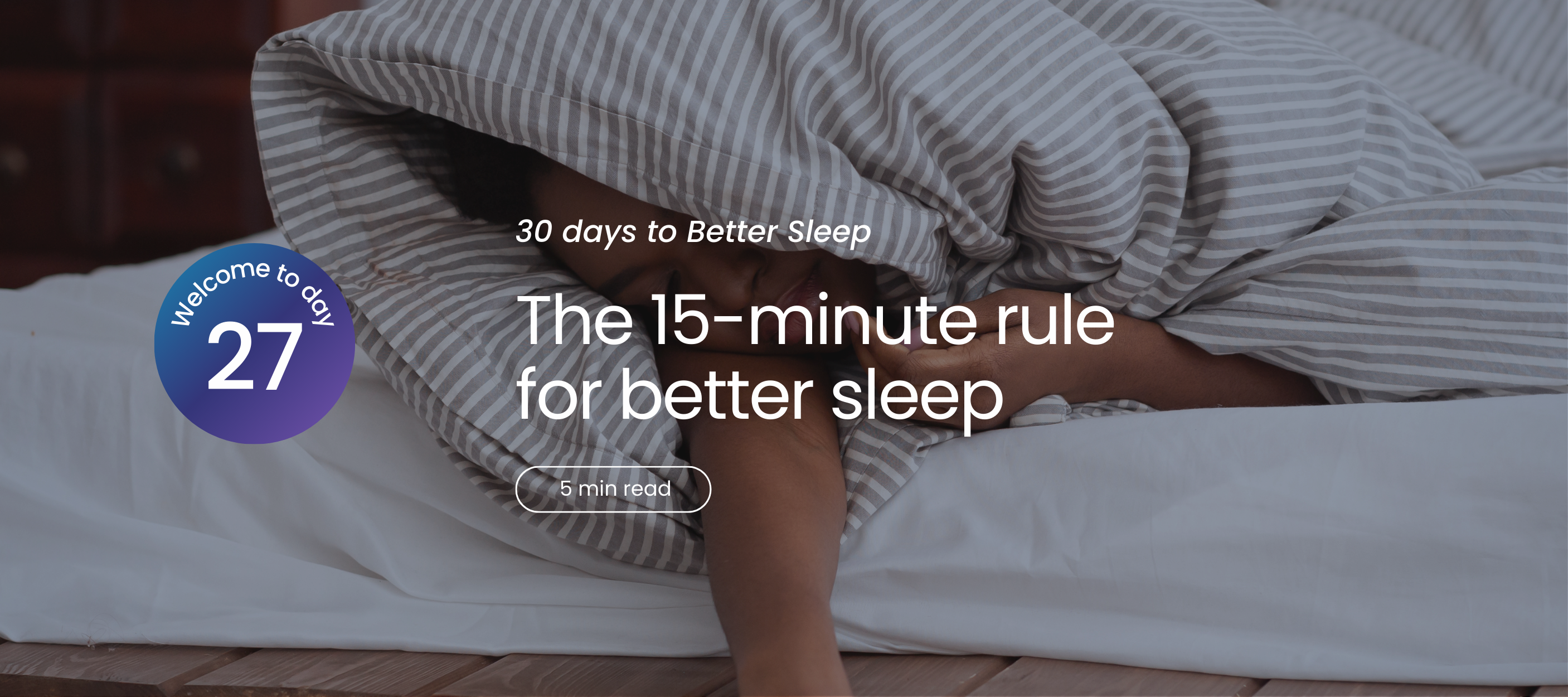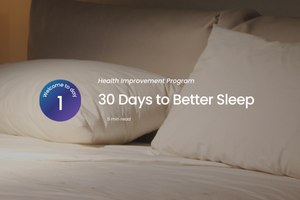
Don’t lie awake in bed—get up if you can’t sleep.
The 15-minute rule: try relaxing activities in dim lighting after 15–20 minutes.
Prepare soothing items in advance for easier nighttime relaxation.
Falling asleep and staying asleep can feel challenging, but implementing two simple rules can help retrain your brain for better rest. The 15-minute rule and the principle of going to bed only when sleepy are key habits for addressing insomnia and nighttime awakenings. When you lie awake in bed for too long, it can reinforce a frustrating association between your bed and wakefulness. Instead, stepping away to engage in quiet, calming activities helps reframe the bed as a space for sleep alone.

Don’t lie awake in bed—get up if you can’t sleep.
The 15-minute rule: try relaxing activities in dim lighting after 15–20 minutes.
Prepare soothing items in advance for easier nighttime relaxation.
Falling asleep and staying asleep can feel challenging, but implementing two simple rules can help retrain your brain for better rest. The 15-minute rule and the principle of going to bed only when sleepy are key habits for addressing insomnia and nighttime awakenings. When you lie awake in bed for too long, it can reinforce a frustrating association between your bed and wakefulness. Instead, stepping away to engage in quiet, calming activities helps reframe the bed as a space for sleep alone.

It’s a common misconception that simply staying in bed will help you fall back asleep. While short periods of rest in bed are fine, lying awake for extended periods can:
Prolong insomnia.
Reinforce negative feelings about bedtime.
Teach your body to associate the bed with wakefulness or frustration.
Instead, if you find yourself wide awake, it’s better to take action by following the next helpful habit.
If you’re not falling asleep after about 15–20 minutes:
Estimate the time: Don’t watch the clock, but if you feel like enough time has passed, it’s probably time to get up.
Engage in relaxing activities: Leave the bedroom and try soothing tasks like:
Reading a calming book or magazine.
Writing in a journal.
Practicing deep breathing or meditating.
Listening to soft, relaxing music.
Drinking herbal tea or warm milk.
Doing light stretches or self-massage.
Use dim lighting: Keep the room dark or use red-hued lighting to maintain your melatonin levels and encourage relaxation.
Return to bed only when you feel sleepy again. Over time, this habit can train your body to fall asleep faster when in bed.
To make this process seamless, plan your relaxation activities during the day. Gather items like a robe, book, or headphones before bedtime so they’re ready if you need them.

Action items
If you find yourself struggling to fall asleep or stay asleep tonight, follow the 15-minute rule by stepping out of bed and doing a relaxing activity until you feel sleepy again. However, if you typically fall back asleep after 15–20 minutes, this strategy may not be necessary.

THE DOCTORS BRAND™
America’s leading clinically proven nutraceutical brand for better sleep, less anxiety and less pain
*These statements have not been evaluated by the U.S. Food and Drug Administration. Our product is not intended to cure or treat any disease.
MDbiowellness
Contact us
(805) 977-5709
M-F 9am-5pm PT
hello@MDbiowellness.com
© 2023 MDbiowellness